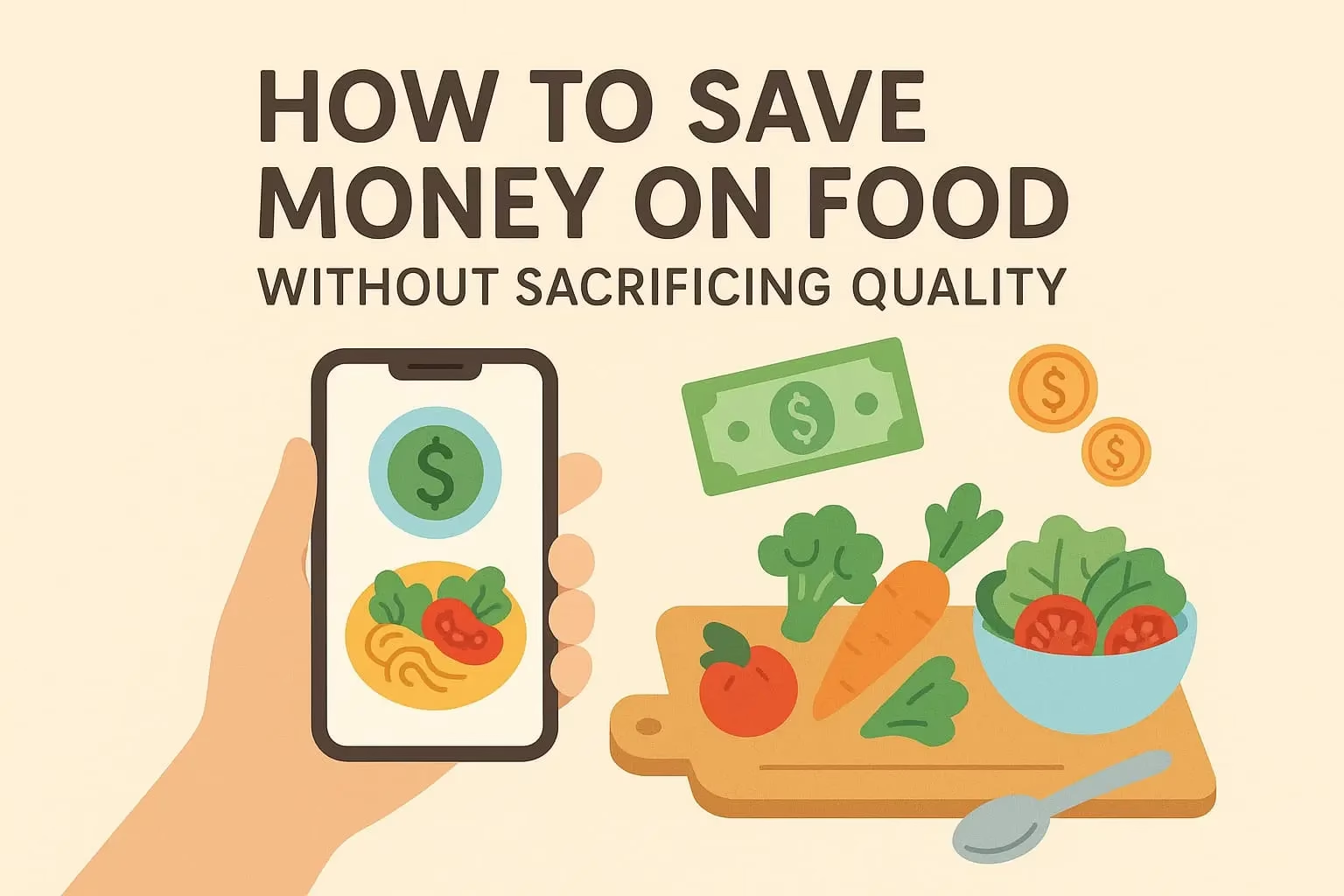Food is one of the biggest monthly expenses for most families. But with a little strategy and planning, stay-at-home moms can save a surprising amount of money without sacrificing quality or nutrition. Here are some proven grocery shopping hacks that can help cut your food bill in half.
1. Never Shop Without a List
Impulse buying is the fastest way to overspend. Always make a list before you go grocery shopping—and stick to it. Plan meals ahead of time and build your list around the ingredients you’ll actually use. This reduces waste and ensures you’re only buying what you truly need.
2. Shop Your Pantry First
Before heading to the store, take inventory of what’s already in your pantry, fridge, and freezer. You might find that you already have half the ingredients for several meals. Use what you have first and only buy what fills the gaps.
3. Avoid Pre-Packaged and Pre-Cut Items
Buying whole fruits and vegetables instead of pre-cut options can save you a lot of money. The convenience of pre-packaged items comes with a premium price. For example, a block of cheese is often cheaper per ounce than shredded cheese—and it lasts longer.
4. Use Unit Pricing to Compare
Most grocery stores list the unit price (price per ounce, pound, etc.) on the shelf label. Use this to compare brands and sizes to get the best value. Bigger isn’t always cheaper, so checking the unit price helps you shop smarter.
5. Choose Generic or Store Brands
Generic brands often have the same ingredients and quality as name-brand products, but they cost 20–30% less. Test different store brands and stick to the ones that meet your taste and quality expectations.
6. Shop Once a Week—Or Less
The more often you shop, the more you’re likely to spend. Try to do one big shopping trip per week. This limits the chances for impulse buys and forces you to use what you already have at home. Fewer trips = fewer temptations.
7. Plan Around Sales and Flyers
Check store flyers or apps before shopping and base your meals around what’s on sale. If chicken is on sale this week, make multiple chicken-based meals. Many grocery apps even let you build your shopping list directly from the sales ad.
8. Use Cashback and Rebate Apps
Apps like Ibotta, Fetch, and Rakuten offer cashback for items you already buy. After your grocery trip, simply scan your receipt and earn money back. It’s a simple way to reduce your total spend over time.
9. Buy in Bulk—But Be Strategic
Bulk purchases save money if you’re buying non-perishable items you’ll actually use, like rice, beans, pasta, canned goods, or cleaning supplies. Don’t buy bulk items just because they seem like a good deal—spoilage wastes both money and food.
10. Skip the Middle Aisles
The most expensive and processed foods are usually in the center aisles of grocery stores. Stick to the outer edges where you’ll find fresh produce, meats, dairy, and bread. Avoiding processed snacks and packaged meals can dramatically reduce your bill—and improve your family’s health.
11. Pay with Cash When Possible
Consider using a cash-only grocery budget. Withdraw a set amount each week and use only that for groceries. It helps you stay accountable and forces you to stick to your budget.
12. Use Leftovers Wisely
Leftovers are a goldmine for saving money. Plan one or two leftover nights each week. You can also repurpose them into new meals, like turning roasted chicken into soup or tacos.
13. Don’t Shop When You’re Hungry
Shopping hungry leads to impulse buying—especially of snacks and junk food. Eat a small meal or snack before heading to the store to avoid adding unnecessary (and expensive) items to your cart.
14. Freeze Extras
If you find a great deal, buy extra and freeze it. Meats, breads, chopped veggies, and even dairy can be frozen. This allows you to stock up without wasting food and avoid paying full price next time.
15. Grow Your Own Food
Even a small windowsill herb garden can save you money on ingredients like basil, parsley, and mint. If you have space for a garden, growing your own vegetables can cut down on grocery costs in the long term.
A New Way to Look at Grocery Shopping
Grocery shopping doesn’t have to be a financial burden. By planning ahead, making smart decisions, and using technology to your advantage, you can dramatically reduce your food expenses. These small, consistent habits create real savings—and make your family budget stretch further every month.






